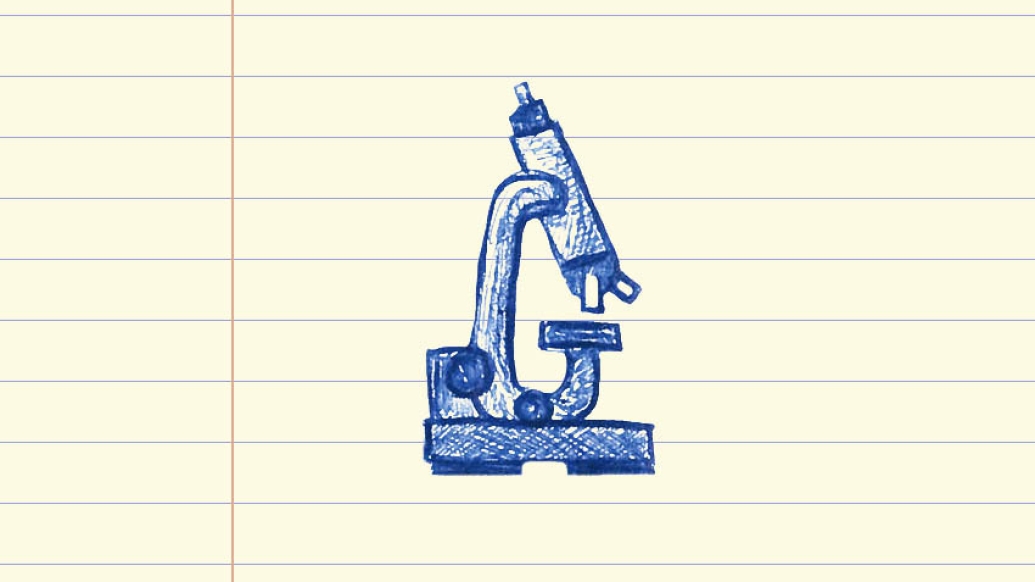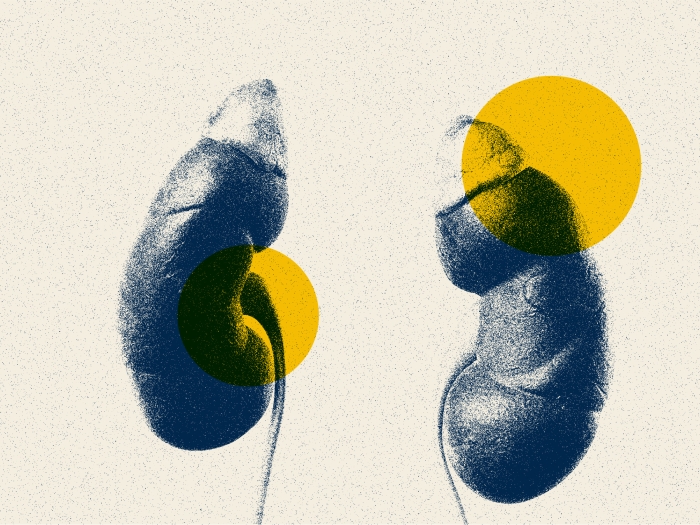Researchers are comparing the way genes are expressed in thousands of sperm-forming cells in mice, macaques and humans to look for similarities and differences. This comparison provides clues about how sperm has evolved in mammals.
9:59 AM
Author |

Figuring out how sperm develops in the testes is critical to understanding male-factor infertility. This process involves both the sperm-forming cells, collectively called germ cells, and supporting cells of the testis known as somatic cells. So far, much of the work around this highly regulated process, called spermatogenesis, has taken place in mice.
A group of U-M and University of Pittsburgh researchers, led by Sue Hammoud, Ph.D., Jun Li Ph.D., and Kyle Orwig Ph.D., and trainees Adrienne Shami, B.S., Xianing Zheng B.S., and Sarah Munyoki B.S., are expanding this body of knowledge by comparing cells from the testes of mice, macaques and humans. Using single-cell RNA sequencing, they analyzed the way genes are expressed in thousands of these sperm-forming cells to look for similarities and differences. This comparison provides clues about how sperm has evolved in mammals.
"From the stem cell building blocks all the way up to mature sperm, there are differences between species in the number, division, and shape of germ cells. While we have learned a great deal from mouse models, sometimes that knowledge simply doesn't translate to humans. As a result, we have a limited understanding of human sperm production, and how things may go wrong to lead to infertility. By simultaneously analyzing thousands of cells throughout this process from different species, we are able to align and directly compare these populations of cells for the first time. In essence, this allows us to begin translating information across species to better understand how sperm are made," says Hammoud.
The findings could help researchers more accurately compare spermatogenesis between animal models and humans, with the ultimate goal of generating in vitro sperm to treat infertility.
"Germ cells can't do it alone; they also require help from the neighboring somatic cells which provide signals and nutrients. While most research has focused on the Sertoli "nurse" cells or testosterone-producing Leydig cells, our study shows that many other underappreciated cell types could provide important input. Learning about these communications will be critical to identify and stimulate human cells in order to produce sperm as a future therapeutic option."
This work was supported by the Michigan Institute for Data Science, the Eunice Kennedy Shriver National Institute of Child Health and Human Development, and Open Philanthropy
Paper cited: "Single-Cell RNA Sequencing of Human, Macaque, and Mouse Testes Uncovers Conserved and Divergent Features of Mammalian Spermatogenesis." Developmental Cell. DOI: 10.1016/j.devcel.2020.05.010

Explore a variety of healthcare news & stories by visiting the Health Lab home page for more articles.

Department of Communication at Michigan Medicine
Want top health & research news weekly? Sign up for Health Lab’s newsletters today!





